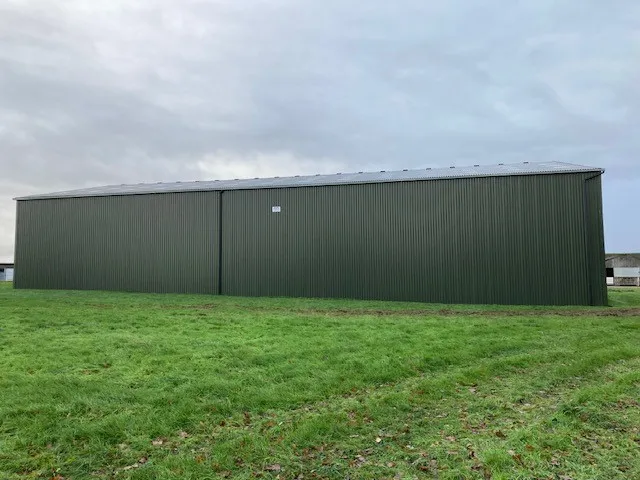- Afrikaans
- Albanian
- Amharic
- Arabic
- Armenian
- Azerbaijani
- Basque
- Belarusian
- Bengali
- Bosnian
- Bulgarian
- Catalan
- Cebuano
- Corsican
- Croatian
- Czech
- Danish
- Dutch
- English
- Esperanto
- Estonian
- Finnish
- French
- Frisian
- Galician
- Georgian
- German
- Greek
- Gujarati
- Haitian Creole
- hausa
- hawaiian
- Hebrew
- Hindi
- Miao
- Hungarian
- Icelandic
- igbo
- Indonesian
- irish
- Italian
- Japanese
- Javanese
- Kannada
- kazakh
- Khmer
- Rwandese
- Korean
- Kurdish
- Kyrgyz
- Lao
- Latin
- Latvian
- Lithuanian
- Luxembourgish
- Macedonian
- Malgashi
- Malay
- Malayalam
- Maltese
- Maori
- Marathi
- Mongolian
- Myanmar
- Nepali
- Norwegian
- Norwegian
- Occitan
- Pashto
- Persian
- Polish
- Portuguese
- Punjabi
- Romanian
- Russian
- Samoan
- Scottish Gaelic
- Serbian
- Sesotho
- Shona
- Sindhi
- Sinhala
- Slovak
- Slovenian
- Somali
- Spanish
- Sundanese
- Swahili
- Swedish
- Tagalog
- Tajik
- Tamil
- Tatar
- Telugu
- Thai
- Turkish
- Turkmen
- Ukrainian
- Urdu
- Uighur
- Uzbek
- Vietnamese
- Welsh
- Bantu
- Yiddish
- Yoruba
- Zulu
Nov . 29, 2024 11:44 Back to list
The Role of Light Industrial Buildings in Modern Industry
In the ever-evolving landscape of modern industry, light industrial buildings play a pivotal role in meeting the demands of both small businesses and large corporations. These structures, characterized by their flexible design and multifunctional purposes, serve as the backbone of manufacturing, distribution, and warehousing operations that are essential to the global economy.
Definition and Characteristics
Light industrial buildings are typically defined as facilities designed for manufacturing processes that do not produce significant fumes, noise, or heavy machinery use. They generally cater to businesses engaged in light manufacturing, assembly, warehousing, research and development, and distribution. These buildings combine functionality with a degree of architectural appeal, often boasting open floor plans, high ceilings, and ample natural lighting. Their design emphasizes versatility, allowing businesses to adapt the spaces to suit various operational needs.
One of the most notable features of light industrial buildings is the incorporation of modern technologies. With advancements in automation and smart building technologies, these facilities are now equipped to streamline operations, reduce energy consumption, and enhance overall efficiency. This integration of technology not only boosts productivity but also promotes sustainability—a crucial aspect of contemporary industrial practices.
Economic Significance
Light industrial buildings hold considerable economic significance. They are often located in accessible areas, close to major transportation routes, which facilitates the distribution of goods. Furthermore, their relatively lower construction and maintenance costs compared to heavy industrial buildings make them accessible to startups and small to medium enterprises (SMEs). This accessibility contributes to job creation and local economic development, as these businesses often rely on local supply chains and workforce.
In regions undergoing economic transformation, light industrial buildings serve as strategic assets that help revitalize urban spaces. By converting old warehouses and factories into modern light industrial facilities, cities can attract new businesses, foster innovation, and create vibrant job markets. This transformation not only enhances the local economy but also improves the aesthetic appeal of neighborhoods, contributing to a higher quality of life for residents.
light industrial building

Flexibility and Adaptability
One of the most compelling advantages of light industrial buildings is their flexibility and adaptability. As market demands change, businesses often find the need to pivot quickly to remain competitive. Light industrial spaces can accommodate various layouts and configurations, allowing companies to scale up or down based on their requirements. Whether a startup needs a small assembly area or a more established firm requires a larger distribution center, these buildings can be easily modified to meet changing needs.
Moreover, the COVID-19 pandemic underscored the importance of flexibility in industrial settings. The shift towards e-commerce and the need for efficient logistics brought light industrial buildings into the spotlight. Many businesses utilized these spaces to create fulfillment centers, showcasing the versatility of light industrial structures in responding to the dynamic market landscape.
Sustainability and Future Trends
As industries worldwide increasingly prioritize sustainability, light industrial buildings are also evolving to incorporate eco-friendly practices. Energy-efficient designs, sustainable materials, and green technologies are becoming standard features in new constructions and renovations. The push for sustainability not only benefits the environment but can also lead to significant cost savings in energy bills and operational expenses.
Looking ahead, the future of light industrial buildings is likely to be influenced by technology and sustainability trends. The rise of smart manufacturing, the Internet of Things (IoT), and automation will continue to shape the operational capabilities of these facilities. Additionally, as urban areas become more densely populated, the demand for well-designed light industrial spaces in urban infill developments will increase, allowing businesses to thrive in the heart of cities.
Conclusion
In conclusion, light industrial buildings are an integral part of the modern industrial ecosystem. Their versatility, economic significance, and adaptability make them essential for businesses across various sectors. As we move forward, embracing sustainability and technological advancements will ensure that these structures remain at the forefront of industrial development, fostering innovation and contributing to local economies. In the complex interplay of global supply chains and local markets, light industrial buildings will undoubtedly continue to play a crucial role in shaping the future of industry.
-
How Do Prefabricated Steel Structures Transform Modern Construction?
NewsJul.14,2025
-
How Do Prefabricated Metal Buildings Redefine Modern Construction?
NewsJul.14,2025
-
How Do Prefab Insulated Metal Buildings and Steel Structures Revolutionize Modern Construction?
NewsJul.14,2025
-
How Do Pre - Engineered Steel Structures Redefine Modern Construction?
NewsJul.14,2025
-
Advancing Modular Construction with Prefabricated Metal Structures
NewsJul.14,2025
-
Advancing Industrial Infrastructure with Prefabricated Steel Solutions
NewsJul.14,2025
Products categories
Our Latest News
We have a professional design team and an excellent production and construction team.












